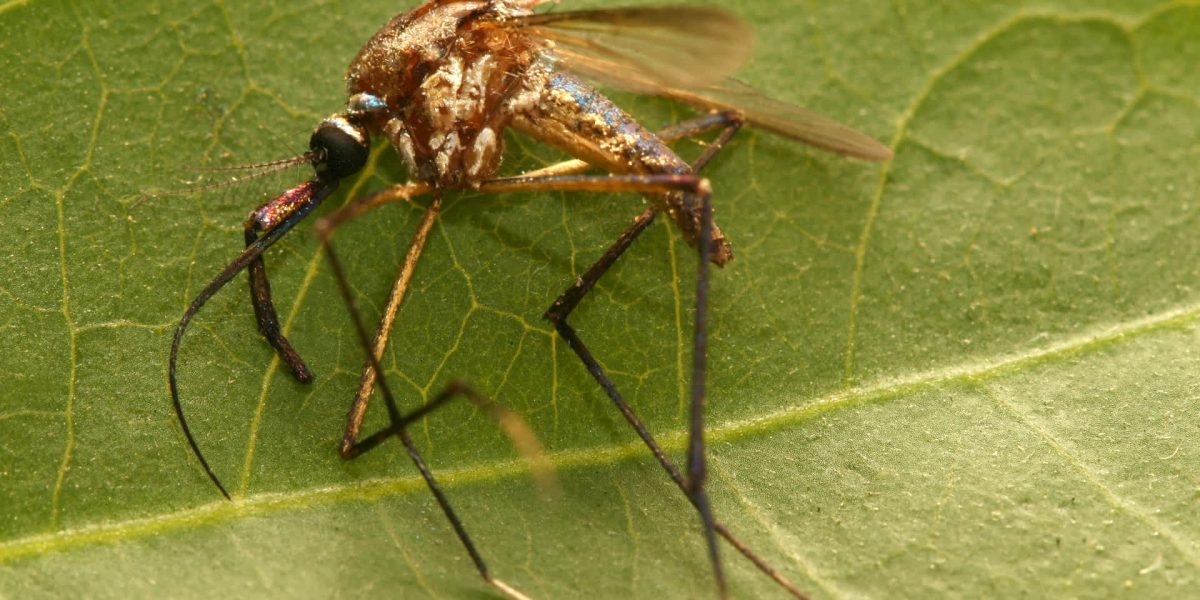So many things stand as threats to our lives and happiness, and on the list of those things, mosquitoes are at the top. Mosquitoes are very tiny animals, but the harm they can cause within a short period of time is more than their body structure. Every year, about 830,000 animal related deaths are due to mosquito bites.
What exactly makes them dangerous and deadly? Why and how can such tiny creatures cause much havoc? Mosquitoes are responsible for a couple of diseases, namely chikungunya, dengue, zika, malaria, and yellow fever.
Dengue Mosquitos
Dengue is rising fast as many countries are reporting their first outbreak of the mosquito-borne infection. It is transmitted by the bite of an infected Aedes mosquito. Aedes mosquitoes become infected when it bites someone with the virus and then transfers it to another person. Worldwide, about 390 million dengue infections occur every year, and it is common in Africa, Central and South America, the Indian subcontinent, Mexico, the Caribbean, and Southeast Asia.
Chikungunya Zika
Yellow fever, Chikungunya, and Zika are also transmitted by infected Aedes mosquitoes. When the yellow fever virus is contracted, it incubates in the body for 3 to 6 days, and symptoms like fever, headache, nausea, vomiting, and loss of appetite present themselves. This is the first stage, and the symptoms disappear after some days, but some people enter the second stage in which they begin to experience high fever, deteriorating kidney function, jaundice, and abdominal pain. At this stage, the disease is severe, and within days, some of the patients die. Yellow fever occurs mainly in African, Central and South America.
The symptoms of Chikungunya and dengue are alike, even though they are different diseases. Chikungunya is not as deadly as the other diseases that are spread by mosquitoes, can still wreak havoc on infected persons. After an infected Aedes mosquito has bitten a person, symptoms such as high fever, muscle pain, headache, rash, and fatigue appear between four to seven days. After a week, the symptoms improve, but the muscle pain may linger for months. It is common in Africa and Asia.
Zika virus has some symptoms that are similar to that of chikungunya, like rash, fever, muscle pain and headache and is transmitted by the same vector, but zika virus also comes with conjunctivitis. These symptoms last for about 2 to 7 days, but most people don’t develop or exhibit any of the symptoms. Zika infection during pregnancy leads may lead to complications like stillbirth, fetal loss, and preterm birth. Also, zika virus infection during pregnancy causes congenital abnormalities in the developing fetus. Zika virus is commonly found in Africa, Southeast Asia, and the Pacific islands.
Malaria is the deadliest disease mosquitoes spread. Every year, hundreds of thousands of people die because of malaria and according to World Health Organization (WHO) malaria killed over 438,000 people in 2015 and 445,000 in 2016. The female Anopheles mosquito transmits a parasite known as Plasmodium from one person to another. After an infected Anopheles mosquito bites a person, the parasite multiplies in the liver and infects the red blood cells of that person. Almost half of the world’s population is at risk because large parts of Africa and South Asia are the areas anopheles’ mosquito thrives. Some parts of south and central America are not excluded too alongside Southeast Asia, the Middle East, the Caribbean, and Oceania.
WHAT AREAS OF THE WORLD FACE THE BIGGEST MOSQUITO CHALLENGES?
Africa faces lots of challenges due to the widespread of mosquitoes, mainly rural areas because of highly polluted zones and inadequate drainage systems. 90% of malaria deaths occur in sub-Saharan because the Plasmodium Falciparum parasite exists in significant numbers within that region.
Generally, mosquitoes are prevalent throughout the tropics and temperate regions, and wherever there is poor drainage, mosquitoes thrive.
ARE MOSQUITOES DEADLY IN CANADA?
Mosquitoes are cold-blooded insects, meaning their body temperature is the same as their environment. Many species of mosquitoes can’t survive the harsh Canadian climate, so they either go into hiding or look for warmer environments, or they just disappear. The summer is a period is when mosquitoes thrive due to the warmer weather. They are also most active at dusk or dawn because the extreme heat causes them to retreat.


